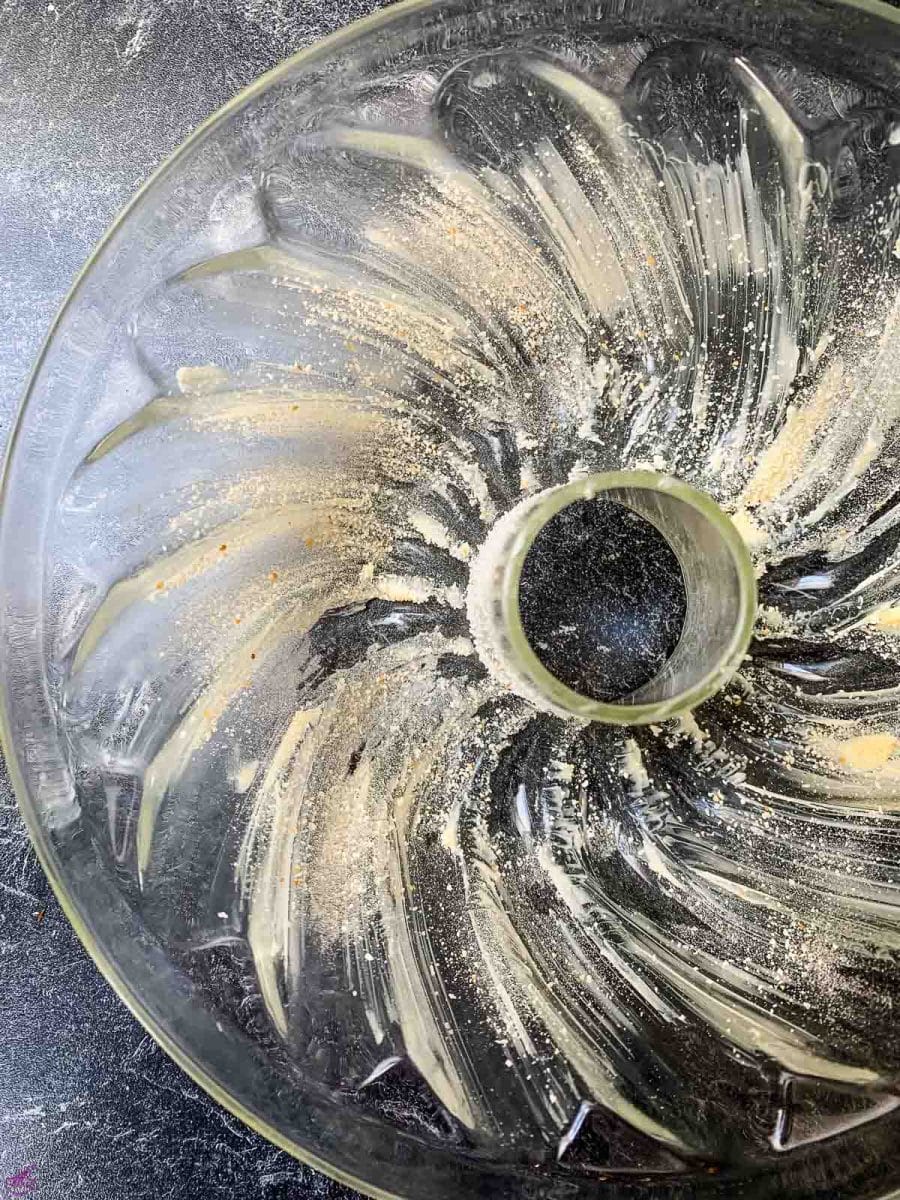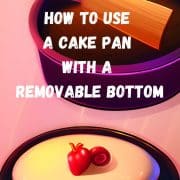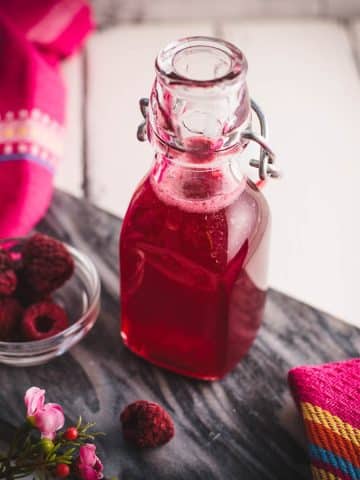I love to use cake pans with removable bottoms for baking! They make life so much easier! Springform pans with removable bottoms are the perfect solution for making cakes quickly and easily.

Here are our top reasons why:
1. They're versatile. You can use cake tins with removable bottoms in all kinds of ways - for baking cakes or tarts (if you don't own a tart pan) as well as for layering no-bake cheesecakes.
2. They're easy to clean up after using them. Cleaning these pans doesn't require much effort on your part—you can throw most of them can in the dishwasher! If you made something messy (like brownies), washing them by hand with warm soapy water will be just as easy as well.
3. They come in different sizes so there's always one that's perfect for whatever you want to do with it!
About Cake Pans
A cake pan with a removable base comes in two parts: the removable bottom and the cake pan, which can be easily released by opening the clamp on the side. The cake pan is clamped or inserted into the base pan.
The cake tin does not necessarily have to be round; these pans come in square shapes.
There are different types of cake pans:
- Round cake pan with a lifting base, where you can bake everything that can also be baked in a springform pan. The advantage of this pan is that the rim does not need a seal and can therefore be processed remarkably stable.
- Springform pan (aka. cheesecake pans)
- Tart pan
- Square pan
Tart pans, in particular, have an inlaid lifting base.
How-to
Preparation
Open the springform pan at the clamp on the side and press it apart. Now you have both parts separately.
Place the bottom plate on the kitchen table. Optionally, you can place parchment paper over it.
Then, place the springform pan in the bottom plate's notch.
Close the clamp on the side, and your cake tin is fixed.
Cut off any parchment paper that overhangs the edge with scissors.
Greasing
To ensure that a cake releases well from the cake pan after baking, grease the cake pan entirely and evenly at the beginning with spreadable margarine or butter using a pastry brush.
In springform pans, only the base is usually greased or covered with baking paper so that the sponge cake dough, for example, is held at the edge during baking and the cake has a straight surface.
This is also often the case when sponge cakes don't rise properly because you accidentally grease the sides of the cake pan!
Note: With sponge cakes like angel food cakes, do not grease the straight sides of the pan, so the dough can rise properly.

Dusting
To help the cake release after baking, sprinkle the baking tin with additional flour after greasing. Alternatively, you can sprinkle breadcrumbs and ground or flaked nut kernels.
This is also known as crumbling the baking tin.
Tap and turn the tin to distribute everything evenly. Tap out the surplus crumbs on a sheet of baking paper.
In many of my no-bake cheesecake recipes, I use cornstarch instead of flour to dust the base of the pan after greasing.
I leave this coating of fat and cornstarch to set in the fridge for a few minutes before making the biscuit crust.
This coating has a significant advantage: the cheesecake is easy to remove afterward.
Bake the cake
After preparing our cake pan, it is time to fill a delicious batter inside the pan and bake the cake.

After baking
Remove the cake from the oven after the cooking time is over, and place it on a cooling rack. It is important not to "rip" the cake out of the tin immediately but to let it cool down a bit first. This cooling takes about 15 minutes.
Easy release - Remove from the Tin
Before opening the springform pan, cut along the edge once with a sharp knife to ensure no dough sticks to the edge.
Place the cake on a cooling rack and let it cool out entirely.

What do I have to bear in mind when using baking tins with a lifting base?
As the base of baking tins with a lifting base only rests on top, grease or liquid dough may escape from the pan during baking and run into the oven.
Place a sheet of baking paper on the oven rack and place the baking tin on top to keep the oven clean.

Once the pastry has been prepared and placed in the oven, take care when lifting the baking dish to hold it only by the rim so that you do not press the bottom with your fingers.
The same applies when you take the dish out of the oven: only hold the rim.
Common springform Pan Sizes
Springform and loaf pans are among the all-rounders.
Loaf pans are used for cakes, loaves of bread, layered desserts, or cold dishes.
Springform pans make it possible to make cakes in a wide variety of sizes and no-bake cakes or the classics such as cheesecake or apple pie very finely.
Four-inch, seven-inch and nine-inch pans are the most common springform pan sizes.
For multi-tiered cakes, you need springform pans in different sizes, preferably always 6 cm // 2.36 inches apart in size.
It is worth investing in a variety of cake pan forms and sizes with a good quality.
What Materials are used for Baking Tins?
The most common materials are coated fine metal, silicone, tinplate, or cast aluminum. The coatings have different qualities depending on the price, ranging from good to high-quality non-stick or enamel coatings.
Due to the different heat conductivity, the baking tin's material influences the browning behavior of a cake. The surface of the inside of the baking pan impacts how the cake is released from the tin at the end.
How to clean baking tins properly?
For very dirty baking dishes or those that cannot be washed in the dishwasher, a hand wash is inevitable.
Soak the baking tin directly in a little warm rinsing water, then everything comes off easily and can be rinsed off with a cloth. As non-stick coatings are sensitive to scratches, sharp objects, cleaning sponges and scouring agents should not be used.
Baking tins that are adjustable or consist of several parts, such as springform tins, should be opened as far as possible for rinsing. Allow all parts to dry thoroughly before reassembling the baking dish.
⛑️ Food Safety
- Cook to a minimum temperature of 165 °F (74 °C)
- Do not use the same utensils on cooked food, that previously touched raw meat
- Wash hands after touching raw meat
- Don't leave food sitting out at room temperature for extended periods
- Never leave cooking food unattended
- Use oils with high smoking point to avoid harmful compounds
- Always have good ventilation when using a gas stove
For further information, check Safe Food Handling - FDA.






















Comments
No Comments